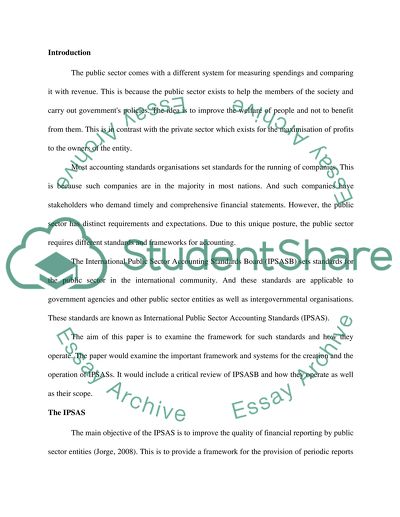Cite this document
(“Public sector and management accounting Essay Example | Topics and Well Written Essays - 3000 words”, n.d.)
Public sector and management accounting Essay Example | Topics and Well Written Essays - 3000 words. Retrieved from https://studentshare.org/finance-accounting/1613192-public-sector-and-management-accounting
Public sector and management accounting Essay Example | Topics and Well Written Essays - 3000 words. Retrieved from https://studentshare.org/finance-accounting/1613192-public-sector-and-management-accounting
(Public Sector and Management Accounting Essay Example | Topics and Well Written Essays - 3000 Words)
Public Sector and Management Accounting Essay Example | Topics and Well Written Essays - 3000 Words. https://studentshare.org/finance-accounting/1613192-public-sector-and-management-accounting.
Public Sector and Management Accounting Essay Example | Topics and Well Written Essays - 3000 Words. https://studentshare.org/finance-accounting/1613192-public-sector-and-management-accounting.
“Public Sector and Management Accounting Essay Example | Topics and Well Written Essays - 3000 Words”, n.d. https://studentshare.org/finance-accounting/1613192-public-sector-and-management-accounting.


